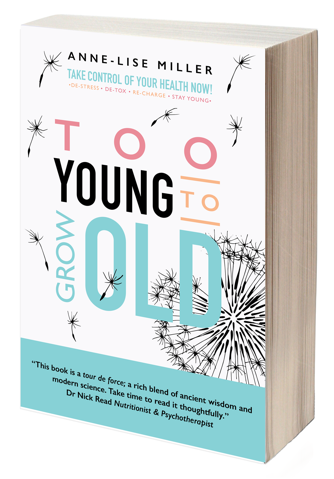Stools, what to look for and why the bowel is not a sewer
It is often said that our bowels are the unsavory part of our anatomy which is the sewer of our wayward dietary habits. This sadly contributes to a sense of disconnection from our bowels and of uncleanliness. This is not only unhelpful to our psychological and physical well-being, it is far from the truth.
 The bowels are at the heart of the most intimate exchange between our external environment and our internal processes. It is the subtle barrier that keeps us connected to the outside and able to source energy without letting through anything susceptible to harm our delicate physiology. It is made up of the most complex ecosystem of live organisms that have evolved alongside us to maintain and sustain their health and ours. Proprio-receptors feeding back to our nervous system and cell mediating neurotransmitters (acetyl-choline and serotonin in particular), not only ensure response matches demand and healthy function ensue, but also directly connect us to the more primitive and instinctive part of our nervous system.
The bowels are at the heart of the most intimate exchange between our external environment and our internal processes. It is the subtle barrier that keeps us connected to the outside and able to source energy without letting through anything susceptible to harm our delicate physiology. It is made up of the most complex ecosystem of live organisms that have evolved alongside us to maintain and sustain their health and ours. Proprio-receptors feeding back to our nervous system and cell mediating neurotransmitters (acetyl-choline and serotonin in particular), not only ensure response matches demand and healthy function ensue, but also directly connect us to the more primitive and instinctive part of our nervous system.
Something as delicate and complex deserves a better image!! That said there are signs in our stools that can signal underlying health issues and should not be ignored.
What a healthy stool looks like and what signs to look for when it’s not
|
Healthy Stool
|
Unhealthy Stool
|
| Medium to light brown |
White, pale or grey stools may indicate a lack of bile, which may suggest a serious problem with the liver or pancreas. The most likely possibility however is a blocked bile duct from gall stones; antacids may also produce white stools. If problem persist consult your Doctor Black, tarry stools or bright red stools may indicate bleeding in the GI tract; black stools can also come from certain medications, supplements (iron in particular) or consuming black liquorice; if you have black, tarry stools with no explanation consult your Doctor |
| Smooth and soft, formed into one long shape about one to two inches in diameter and up to 18 inches long | Hard lumps and pieces are a sign of constipation Mushy and watery is a sign of diarrhoea which can often be due to constipation especially if one alternates with the other as with IBS |
| S-shaped, which comes from the shape of your lower intestineor breaking in the water | Narrow, pencil-like or ribbon-like stools: can indicate a bowel spasm, obstruction or a tumour; narrowflatten stools on an infrequent basis are not so concerning and will probably be due to a spasm, but if the stools are consistently flatten, consult your Doctor |
| Easy to pass | Hard to pass, painful, or requires straining is a symptom of constipation |
| Easy to clean | pasty and difficult to clean off is indicative of fat and mucous in stool and problems with digestion possibly a food sensitivity |
| Uniform texture; no or little undigested foods | Presence of undigested food is more of a concern if accompanied by diarrhoea, weight loss, or other changes in bowel habits |
| Sinks slowly. Quiet and gentle dive into the water | Floaters (presence of fat) or splashers (too dense/lack of fibre) |
| No mucous | Increased mucus in stool: This can be associated with inflammatory bowel disease like Crohn’s disease, or ulcerative colitis, or even colon cancer, especially if accompanied by blood or abdominal pain. Consult a Doctor |
| Natural smell, not repulsive (I’m not saying it will smell good) | Very bad smell not referring to gas: malabsorption or bleeding. |
Although it is not instead of a medical diagnosis, colonic irrigation can provide valuable insight into the bowel by allowing more visual access to the stools. More appropriately, perhaps, colonic is a tool to assess bowel function, to motivate healthier dietary habits and monitor improvements.
The visceral massage, which is an integral part of the treatment, and the direct effect of the water on the colon combine to help reconnect with the true wondrous nature of the bowel. The consequences of a better relationship with our bowels are as great as the potential damage from traumatizing and dysfunctional potty training. Constipation remains one of the most common causes for (self) medicating; yet it is never due to a lack of laxative!


